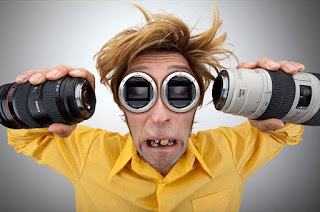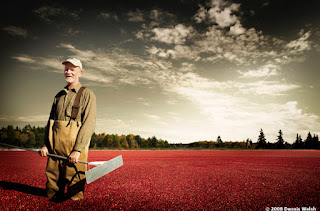Africa
In this photographers experience, Africa's wildlife is an amazing & fascinating thing to study. Africa is so full of unique wildlife, vast plains & desserts. This Continent is facing a drought and poaching, though. Donating to specific charities such as, Tusk & The Nature Conservancy are ways to help Africa & preserve their wildlife.

- I chose this picture as my favorite because it is so unique and captures the elephant tribe perfectly.
- Rule of Thirds: very front elephant placement, Framing: fit all elephants, Balance: elephants in a line traveling through grass beginning in the right to the left side of frame. Simplicity: all subjects fit and there's nothing in the picture besides elephants and plains.
- Brandt does not use telephoto lenses because he believes that being close to the animals make a huge difference in his ability to reveal their personality.
- Brandt takes these photos to support Africa's wildlife and create a urgency to help them. Poaching and droughts have been devastating Africa's wildlife population.
- Help others notice the animals beauty and personality. Prove to others telephoto lenses are not needed for amazing photographs.
- My images are unashamedly idyllic and romantic, a kind of enchanted Africa. They're my elegy to a world that is steadily, tragically vanishing.
Abandoned Theme Parks
1. Tell me which amusement park featured in the two
articles that you would like to visit and take your camera along and what about
that park made you want to go there. Write at least a paragraph
Takakanonuma Greenland, Hobara, Japan
 This park has a super cool location, that is
a lot different than what i am used to seeing. The park also has super cool fog
which adds to the whole abandoned theme. The park is very overgrown and rusty
just like you would expect it to be. I also really like how large the rides
are, its just like out modern day theme parks.
This park has a super cool location, that is
a lot different than what i am used to seeing. The park also has super cool fog
which adds to the whole abandoned theme. The park is very overgrown and rusty
just like you would expect it to be. I also really like how large the rides
are, its just like out modern day theme parks.
2. Post one photo from that park. You may use the
photos from the link, or you can google an entirely new photo. I would prefer
to see a photo of the park in disrepair and not a photo of it when it was still
operating.
 3. Think of at least FIVE other unusual places
you think would be of interest to photographers. List them.
3. Think of at least FIVE other unusual places
you think would be of interest to photographers. List them.
Prypiat, Ukraine
Shidaka’s Utopia, Beppu, Kyushu, Japan
Nara Dreamland, Nara, Japan
Spreepark, Berlin, Germany
Koka Family Land, Shiga, Japan
4. Use google or another search engine to research
ONE of your five places and see if anyone has already started documenting that
place. If you find that someone has already started - post at least one photo
of their work.
5. Write a paragraph about why you think that
it would be fun to document that location. Tell me what interests you about
that place and what kind of photos you could expect to take there.
I would love to go to that location because it
has a lot of color. I also like it because it has the setting of
some of the tv shows i watch. It would be very fun to travel to
a different country to take pictures.
6. Tell me what it would take for you to go and
take photos at your location. What would you need as far as equipment goes,
travel plans, expenses you might encounter and what laws you would have to take
into consideration to take photos at your spot.
I would need a camera some batteries and some extra
sd cards. Also need some lighting for some shot, tripods. I would need
about 5000 for the plane tickets and food and a place to sleep.




















